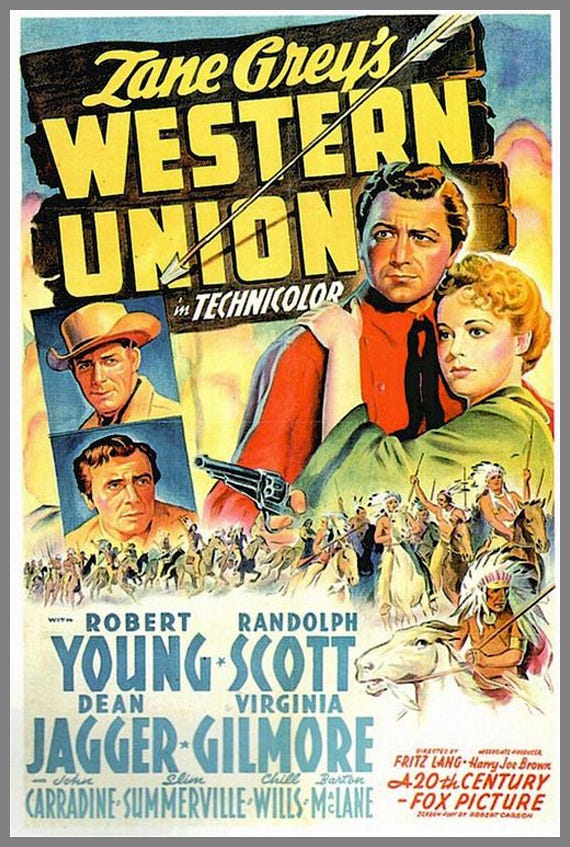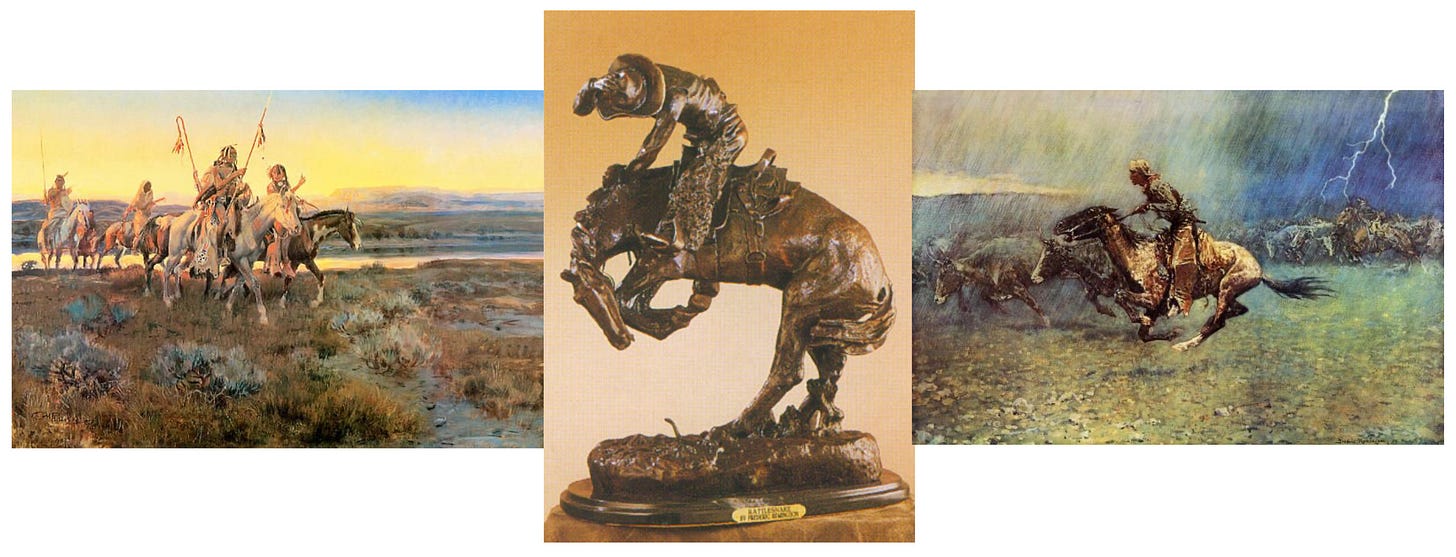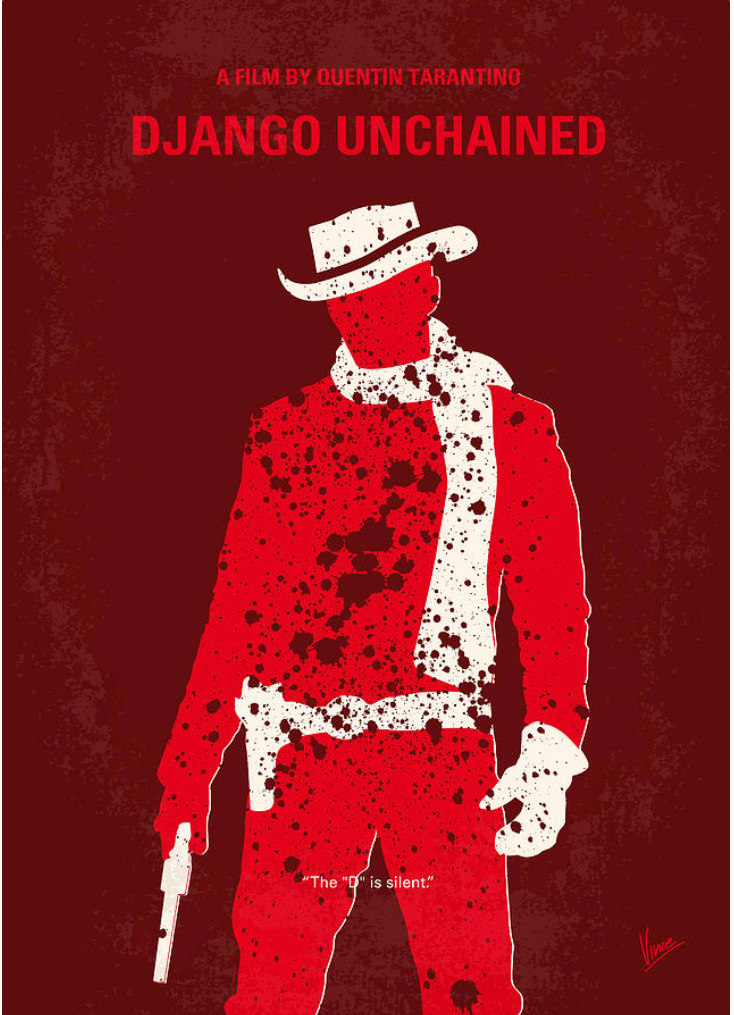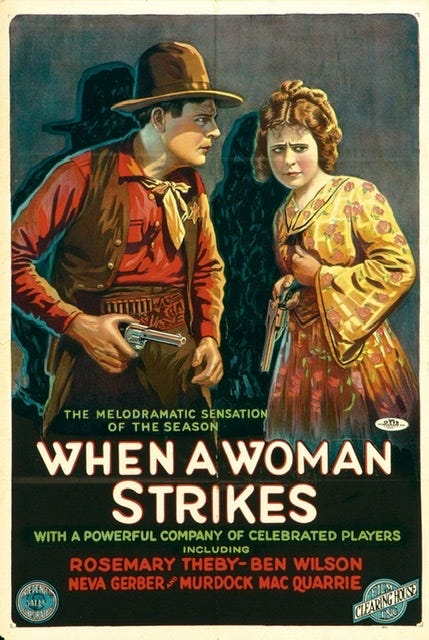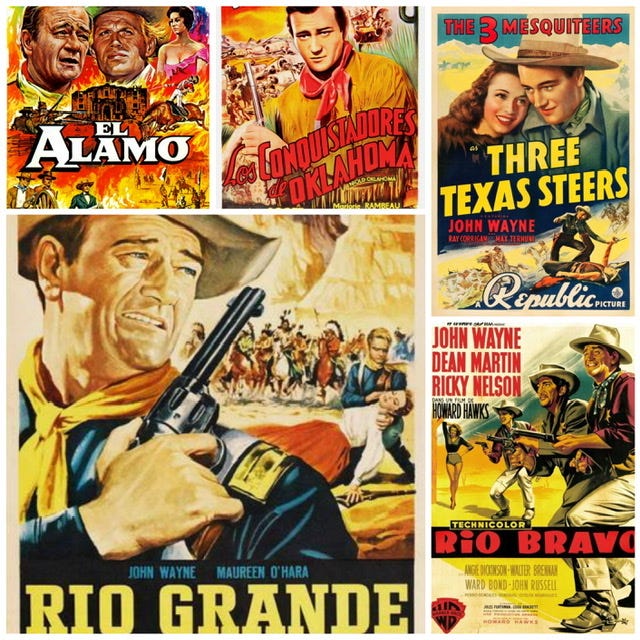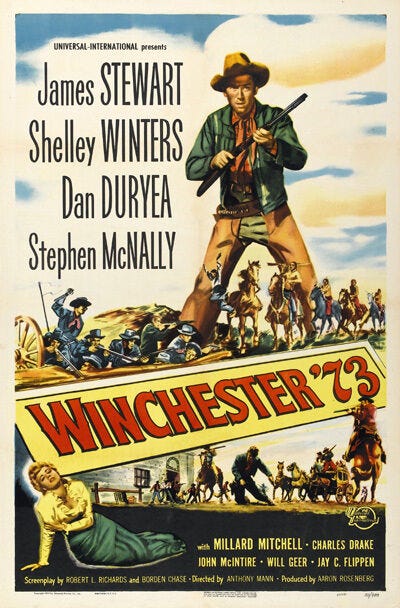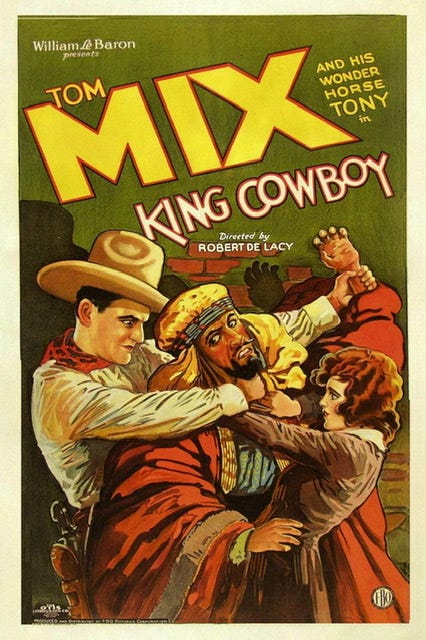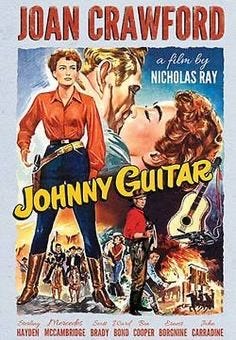Real western art from the likes of Charles M. Russell and Frederic Remington was created at the end of an era that was fading like the steel blue smoke from the tip of a Colt .45. Both artists were romantics. Most of their works were detailed moments, freezing the action around a horse reacting to a rattlesnake, a rider caught in a dark green cloudburst, or a hunting party seeking buffalo at dawn.
As the economy of the Great Depression sank slowly in the early 1930s, the demand for escapism into dark movie houses was as real as the need for whiskey after a long cattle drive. Dorothy hiked to Oz, Busby Berkeley unleashed psychedelic dancers, and Rhett dumped Scarlett and didn’t give a damn.
The rest of the screen time of the 30s and 40s was filled often by what they called “Oaters” (horses eat oats), “Horse Operas” (cowboys who could sing were a triple threat), and “Shoot ‘Em Ups” (he was such a quiet bronco buster). The men were strong and rugged, their cowgirls never got the blues, and the plots were thin as rolling papers.
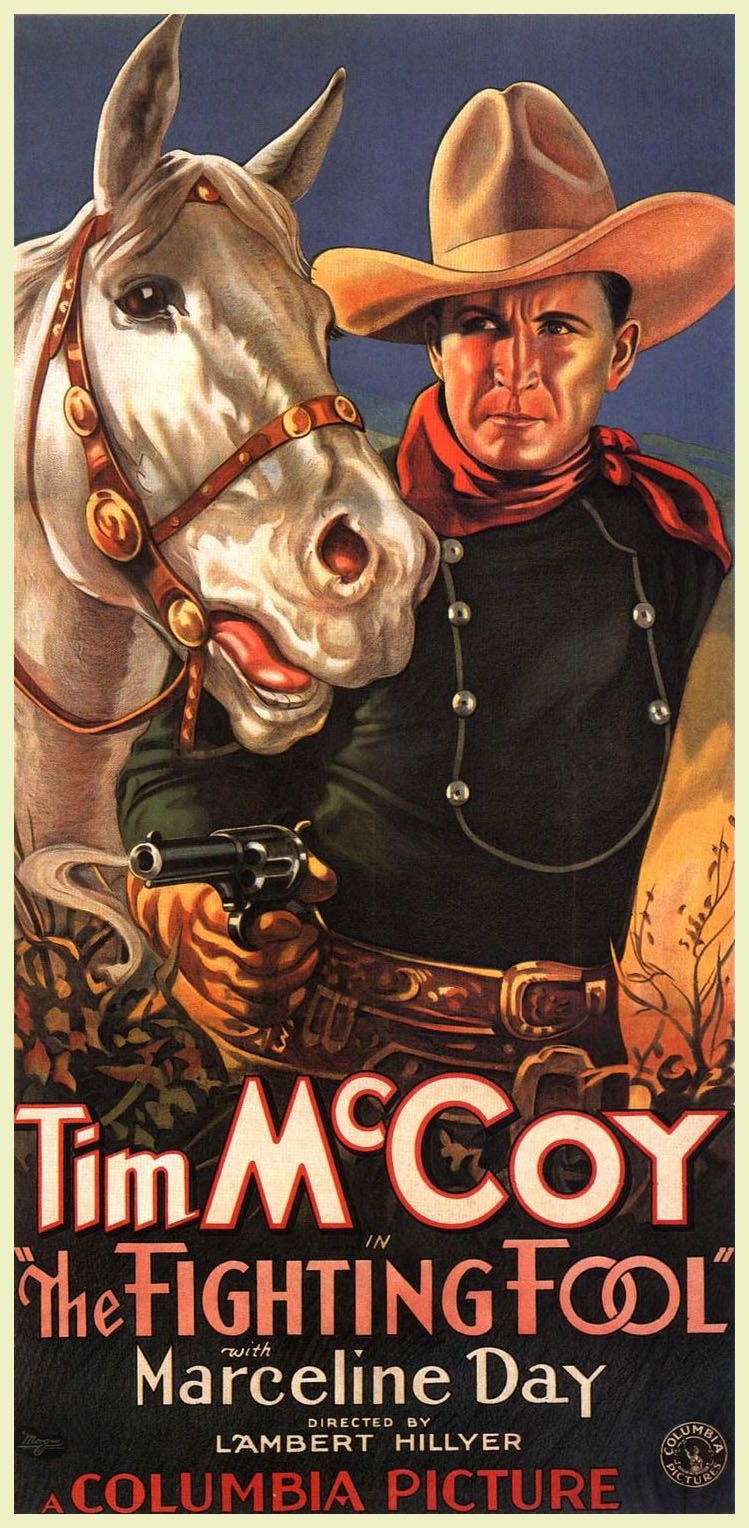
Advice for anyone who might be seeking a glimmer of inclusion. Keep looking. It’s a white man’s white world. Good guys wear white hats, bad guys wear black. African American western heroes before Cleavon Little in the satiric Blazing Saddles (1974) (a film that landed punches on several now-protected groups) or Texan Jamie Foxx in Django Unchained (2012) were as rare as silver bullets.
In 1964 Cheyenne Autumn became one of the first films concerned with the plight of Native Americans. Marlon Brando’s Oscar for The Godfather (1972) was declined by his representative Sacheen Littlefeather as a protest for Hollywood’s long standing portrayals of Native Americans and to draw attention to a standoff in progress at Wounded Knee, South Dakota. She was roundly booed. Brando was taken to task for his ill-timed stand on human rights and Littlefeather was ridiculed for appearing in native dress. And this was 1973.
What we have here is a gallery where the artists have been forgotten as have most of these movies they celebrated. Much of this took root in real Western art, then hit all the bases including making the hero larger than life. Most offer collages of continuous action across a cinescape as vast as the horizon. Also, there is clear evidence of a fast horse and a beautiful woman. Or the other way around.
So get ready for some real rootin’ tootin’ highfalutin' straight shootin’ themes from imaginary Westerns. Smile when you paint that, pardner. Git along little dogies. The posse is coming and the art is holed up inside the better-than-OK Retrofit corral.
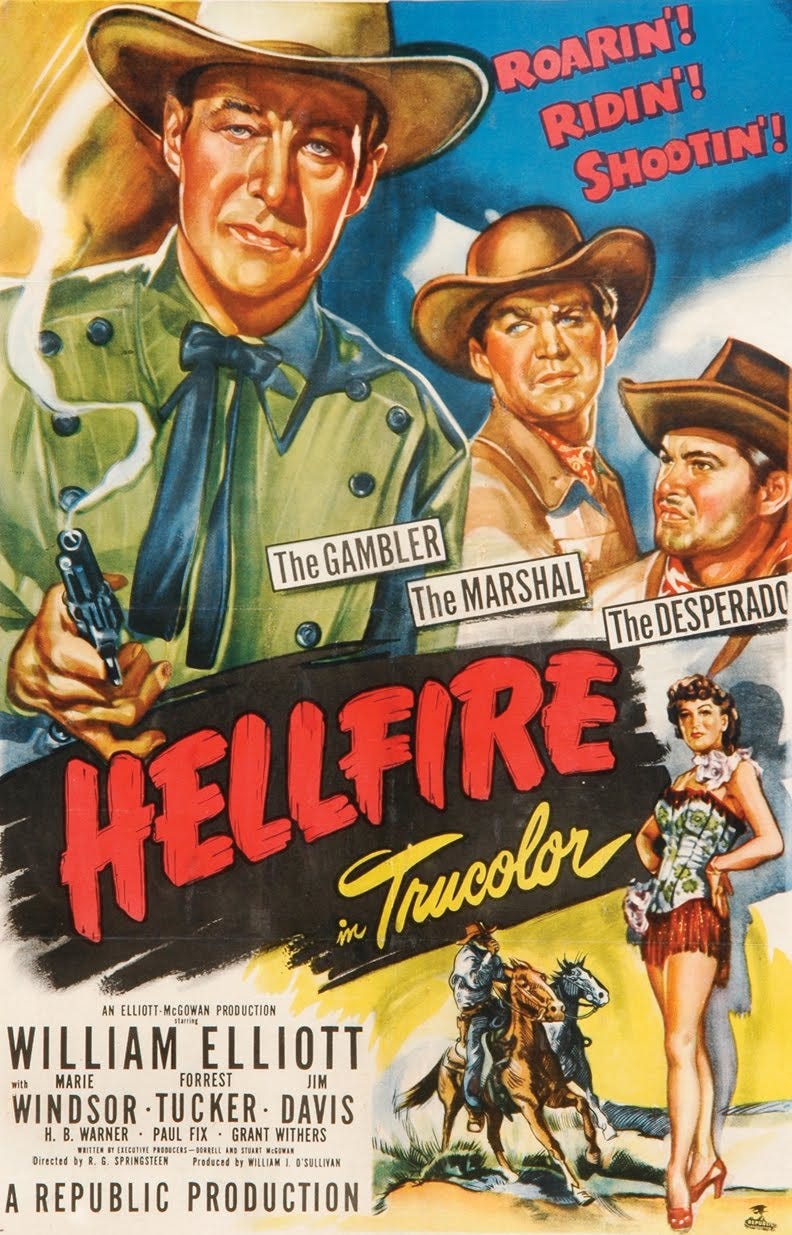
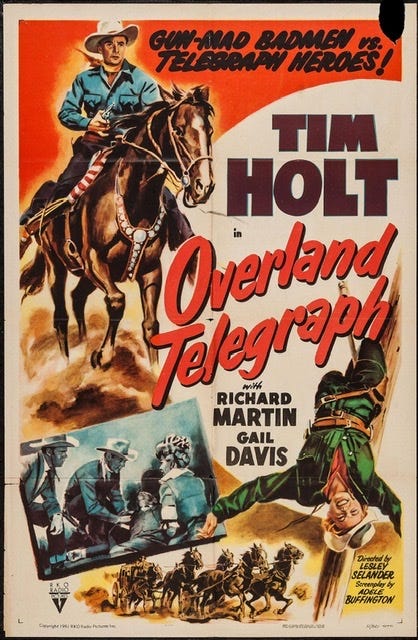
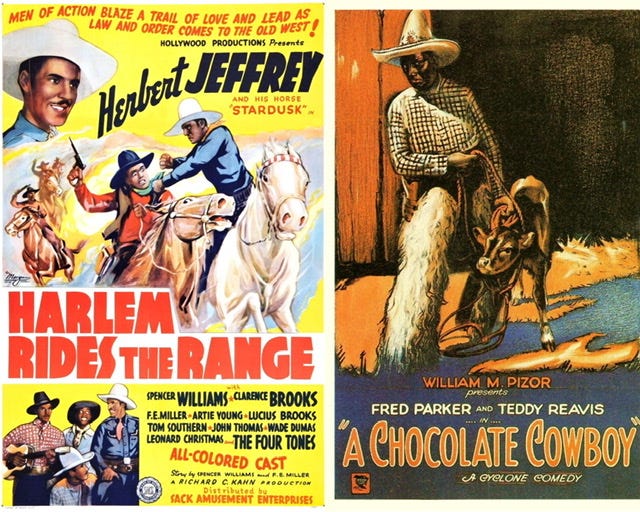

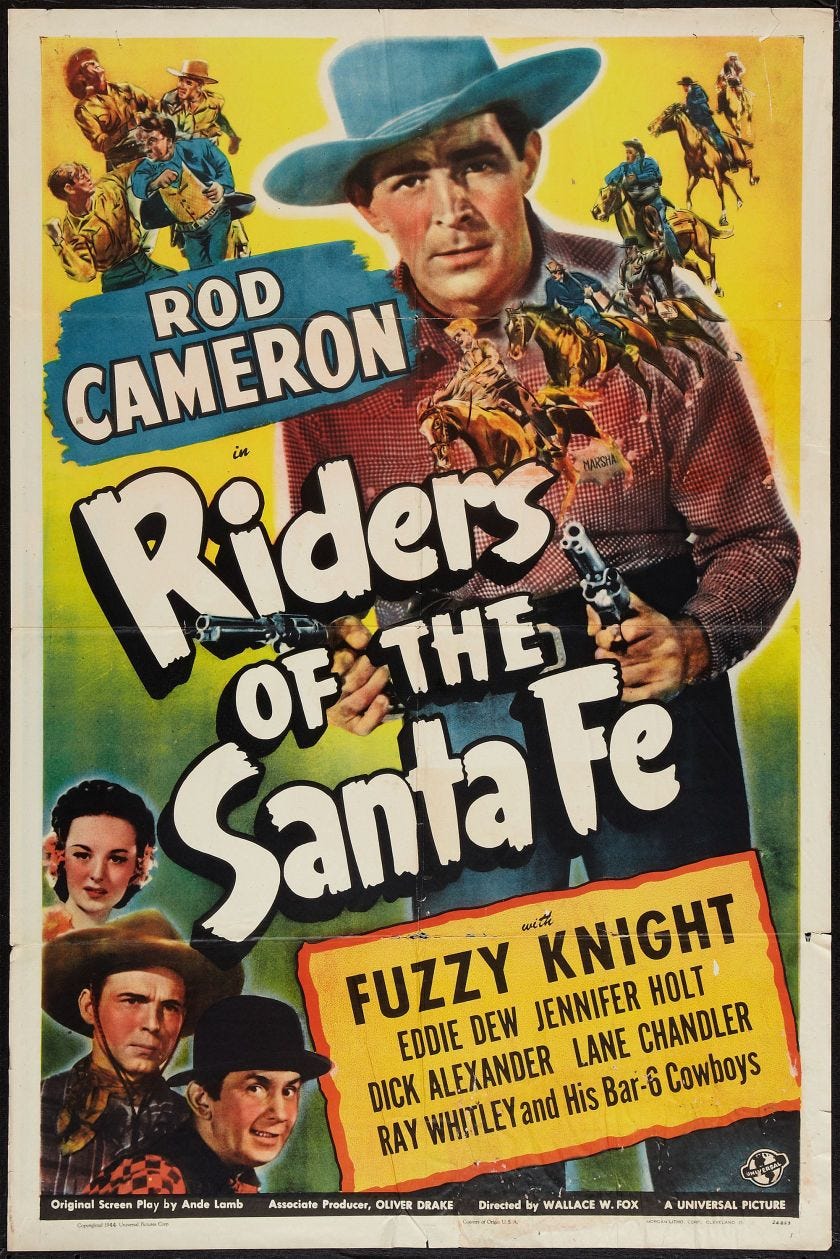
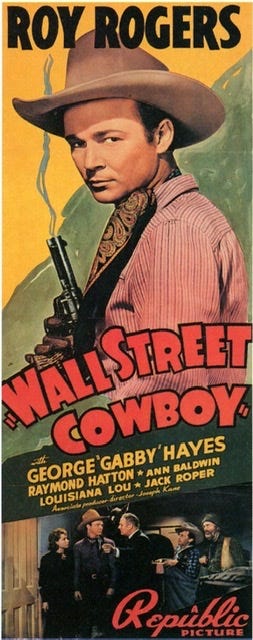
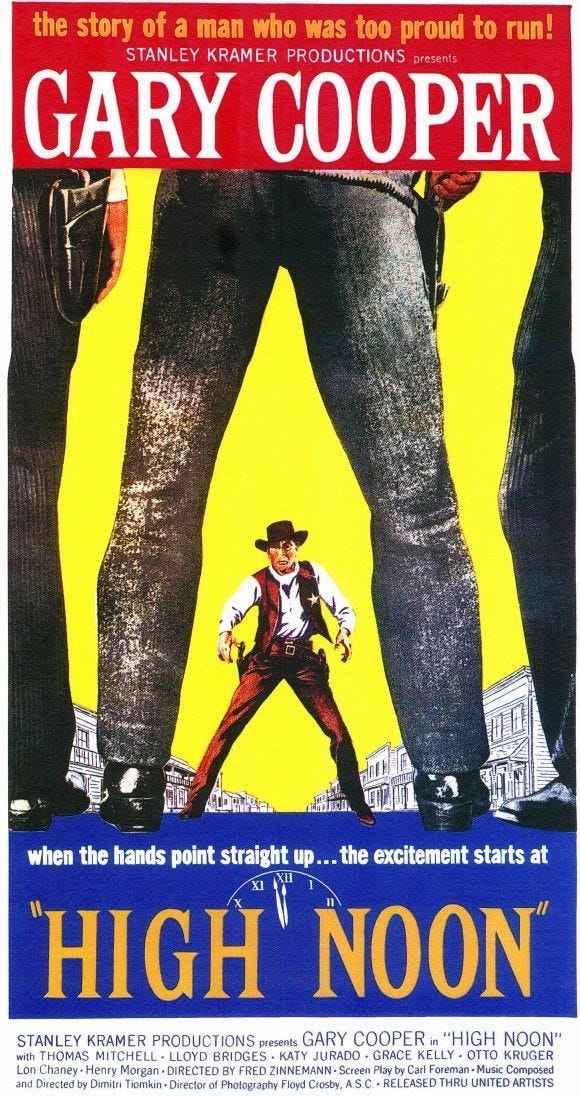
“The past is a blast.”
🦬




